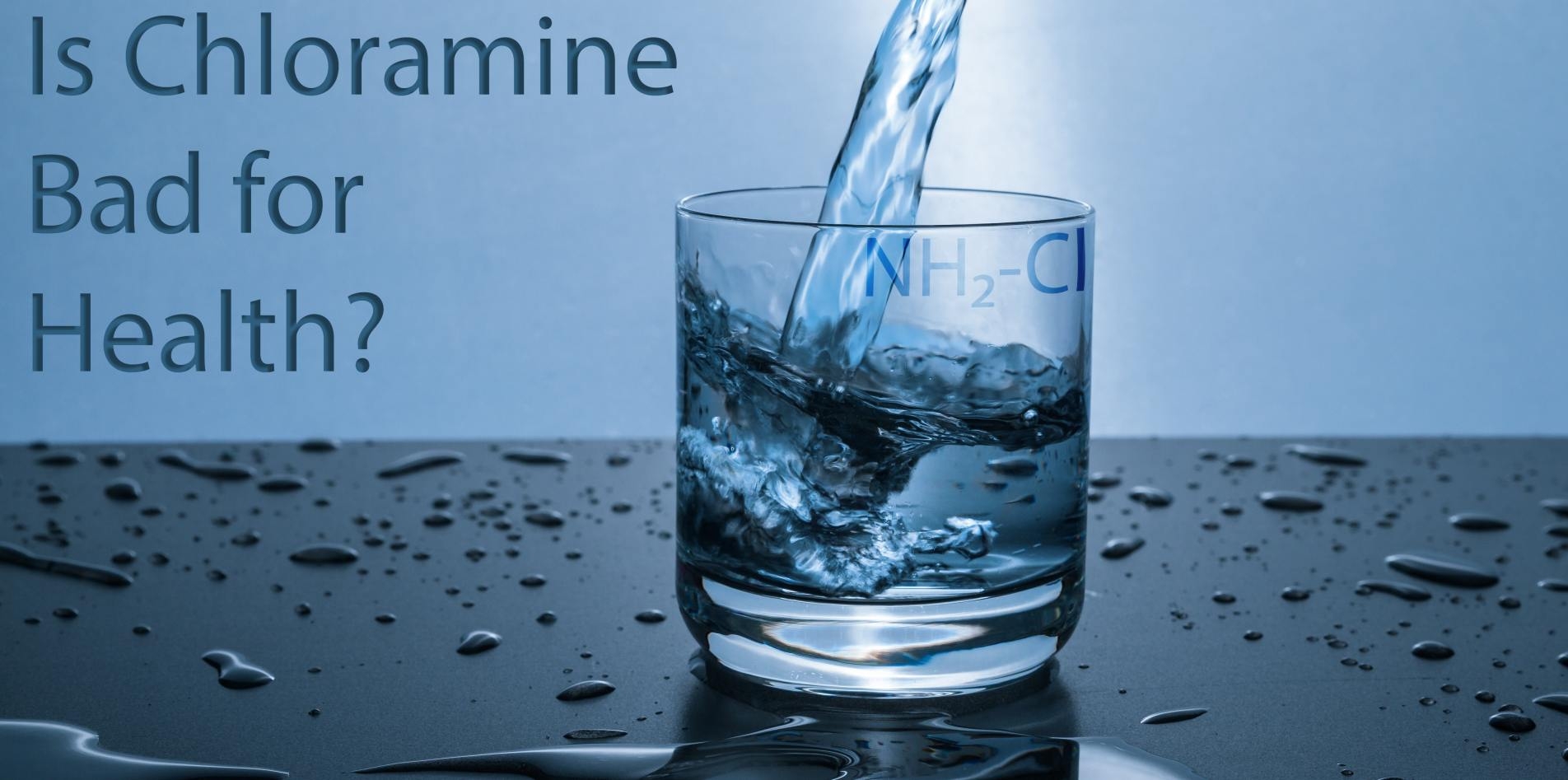
Unlike Chlorine, chloramine is something you probably never heard of, that is because chloramine is relatively a new alternative to chlorine. Water utilities usually refer to chloramine as monochloramine but In reality, chloramine exists as three different forms or species: monochloramine (NH2Cl), dichloramine (NHCl2) and trichloramine (NCl3). They are chemically related and are easily converted into each other; thus, they are more appropriately called chloramines. So what is a chloramine? 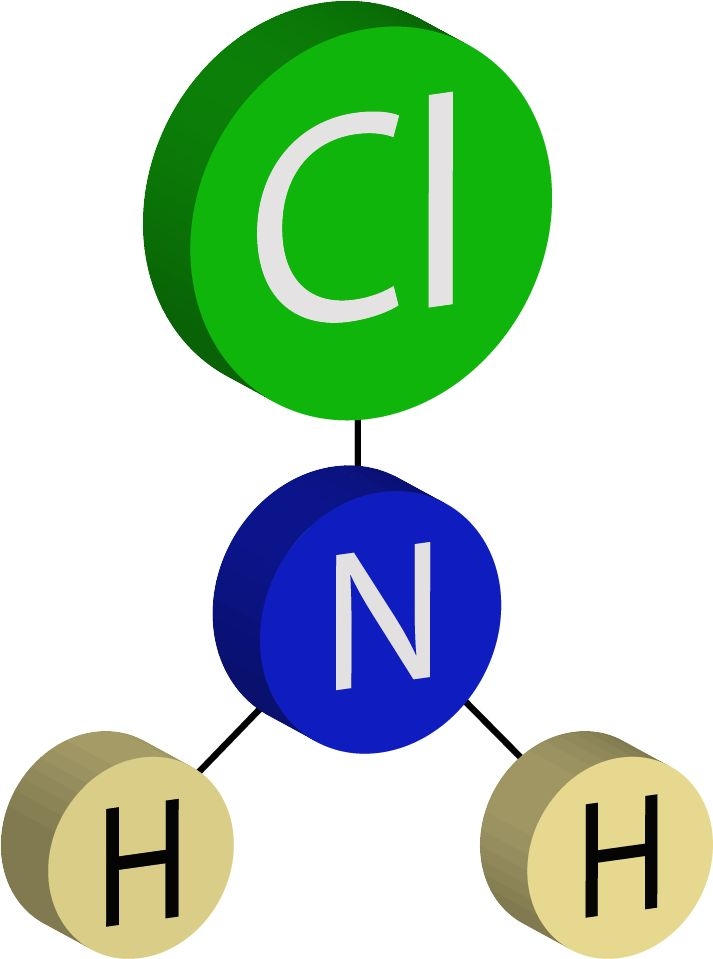 According to EPA, Chloramines are disinfectants used to treat drinking water. While chlorine dissipates and evaporates into the air relatively quickly, chloramine is more stable and will last longer in the water system. The goal is to provide increased protection from bacterial contamination. Chloramine also happens to be the cheapest and easiest of the options available to water utilities. Yet even though the use of chloramine is convenient, it may not be safe. The three forms of chloramine; monochloramine (NH2Cl), dichloramine (NHCl2) and trichloramine (NCl3), constantly and rapidly shift from one form to another. The form that predominates is dependent on pH, temperature, turbulence, and the chlorine to ammonia ratio. Even time plays a factor because after a day or so, with no changes in conditions, monochloramine in a water system will slowly degrade to form dichloramine and some trichloramine.ir relatively quickly, chloramine is more stable and will last longer in the water system. The goal is to provide increased protection from bacterial contamination. Chloramine also happens to be the cheapest and easiest of the options available to water utilities. Yet even though the use of chloramine is convenient, it may not be safe. So what are the problems associated with chloramine? According to WHO, "monochloramine is about 2,000 and 100,000 times less effective than free chlorine for the inactivation of E. Coli and rotaviruses, respectively." Chloramine is less effective disinfectant than chlorine and it cannot kill the pathogens in the water as well as chlorine. Immune System Problems
Respiratory Problems
An individual can experience long-term effects from repeated exposures to a chemical (like chloramine) at levels not high enough to make them immediately sick (see the Hazardous Substances Fact Sheet for Chloramine, page 3, PDF, 98 KB). The likelihood of becoming sick from a chemical increases with exposure time and concentrationIn a study by Zierler, et al, it was found that there was an increase in deaths from influenza and pneumonia in the communities that used chloramine. (Communities in Massachusetts that used chlorine for disinfection were compared to those that used chloramine). 1) Chloramine exposure damages lung mucosa, making the lungs more susceptible to allergens and infections. 2) Chloramine is a less effective disinfectant and therefore people are exposed to more pathogens. Skin ProblemsChloramine tap water can cause severe skin reactions:Rashes, dry skin, itching, flaking, welting, blistering, chapping, burning sensation, cracking, scarring, bleeding, pigmentation.
Digestive and Gastric Problems
It is suggested that monochloramine is responsible for gastric cancer. (Journal of Gastroenterology, 1997, "Enhancement by Monochloramine of the Development of Gastric Cancers in Rats; a possible mechanism of Helicobacter, pylori-associated gastric carcinogenesis. Kidney And Blood Problems
|
So, how do you address the issue? The best way to remove chloramine from water is Reverse Osmosis Filtration System. Osmio Products are designed specifically to remove water impurities up to 99% from drinking water. Osmio RO filters provide up to 9 layers of filtration system which includes: Filter 1: 5 Micron Antibacterial Sediment The filtration also includes Smart Water Technology which constantly measures water quality to ensure reliable performance with safety built in. Filter reminders and alarm modes are included with the fully programmable controller. |
Osmio HP-107 | BMB-20 | BMB NOVA PRO |
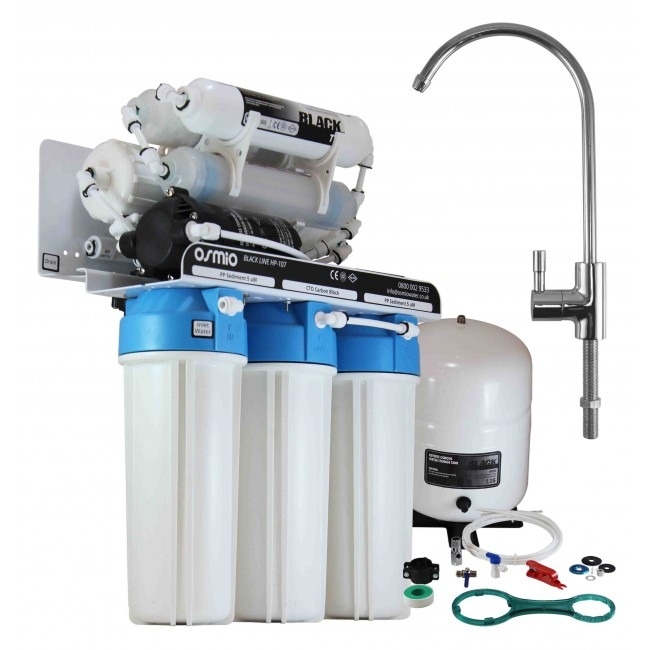 | 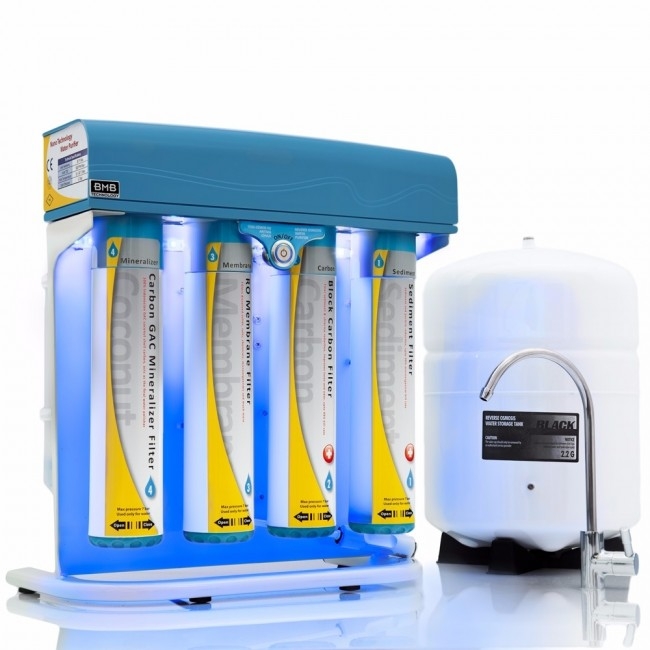 | 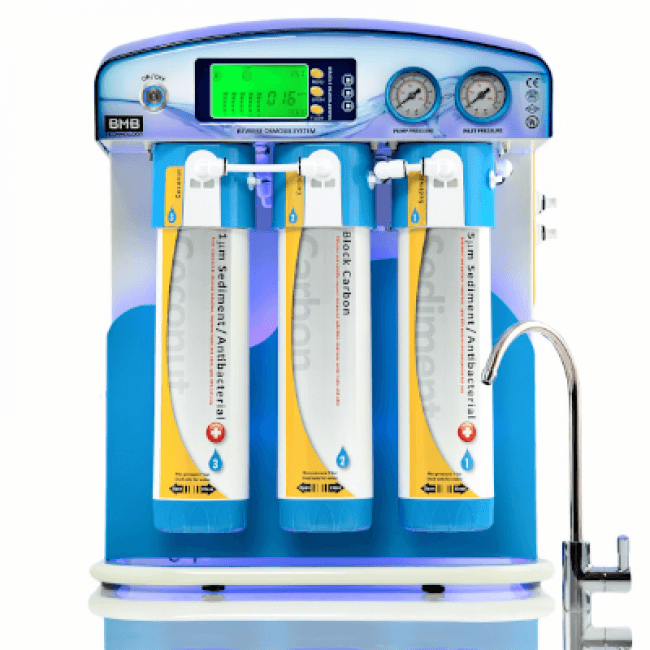 |
Direct References:
https://www.vce.org/ErinBrockovichChloramination.html
https://www.chloramine.org/chloraminefacts.htm
https://www.foreverhealthywater.com/chloramine-why-not.php
